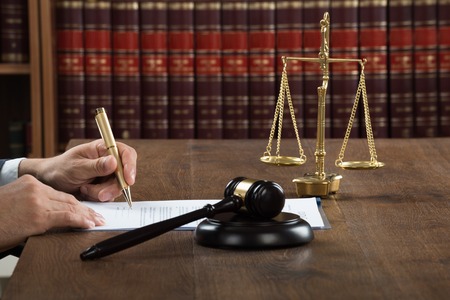An executor, also known as a personal representative or administrator, is an individual or institution appointed to carry out the instructions specified in a person’s will after death. The primary role of an executor is to ensure that the deceased person’s estate is administered and distributed according to their wishes as outlined in their will.
Responsibilities of an Executor
When a person passes away, their final wishes and the proper administration of their estate become crucial. This responsibility often falls upon an executor, a trusted individual, or an institution named in the deceased’s will. Executors play a vital role in ensuring that the deceased person’s estate is handled appropriately and following their wishes. In this article, we will delve into the comprehensive responsibilities of an executor, outlining the key tasks they undertake during the estate administration process.
Understanding the Role of an Executor:
The executor’s primary duty is to follow the instructions specified in the deceased person’s will. They act as a fiduciaries, meaning they must put the interests of the beneficiaries and the estate above their own. Executors should understand their role, legal obligations, and the local probate laws that govern estate administration.
Initiating the Estate Administration Process:

Once appointed, the executor must locate and review the deceased’s will, ensuring its validity. They then obtain legal authority to act as the executor, which may involve applying for probate or obtaining letters of administration. This process provides the executor with the legal standing to manage the estate.
Identifying and Gathering Assets:
The executor’s next crucial task is identifying and controlling the deceased person’s assets, including properties, bank accounts, investments, personal belongings, and other valuable items. They must organize and secure these assets, protecting them from loss or damage during administration.
Notifying Interested Parties:
Executors are responsible for notifying relevant parties about the death, including beneficiaries, financial institutions, creditors, and government agencies. This ensures all parties know the ongoing estate administration and can act appropriately.
Managing Debts and Expenses:
One of the executor’s critical responsibilities is identifying and settling the deceased’s outstanding debts and expenses. This may involve paying off loans, credit card balances, medical bills, funeral costs, and other liabilities. Executors must exercise due diligence in reviewing and validating these claims before making payments from the estate.
Estate Accounting and Record-Keeping:
Accurate accounting and meticulous record-keeping are essential for an executor. They must maintain detailed records of all financial transactions, including income, expenses, distributions, and correspondence related to the estate. These records will be necessary for filing tax returns and providing transparent documentation to beneficiaries.
Filing Taxes:
Executors are responsible for filing the deceased person’s final income tax return and any required estate tax returns. They must ensure that all necessary tax forms are submitted on time and that any tax liabilities are settled from the estate’s funds.
Distributing Assets to Beneficiaries:
Once all debts, expenses, and taxes have been paid, the executor oversees the distribution of assets to the beneficiaries named in the will. This process requires careful adherence to the deceased’s wishes outlined in the will. Executors must ensure that assets are transferred appropriately and that any specific bequests or conditions are fulfilled.
Resolving Legal Matters:
In some cases, an executor may need to address legal matters related to the estate. This can include resolving disputes among beneficiaries, defending the estate against legal claims, or engaging in litigation if necessary. Executors may consult with attorneys or seek legal advice to handle complex legal issues effectively.
Estate Assets Defined: Key Categories for Executors
Assets are valuable resources or properties individuals, organizations, or entities own. They represent economic value and can be utilized to generate income, provide future benefits, or be exchanged for cash or other assets. Assets can be classified into different categories based on their nature and characteristics. Here are some common types of assets:
Current Assets:
These assets are expected to be converted into cash or consumed within a short period, usually within one year. Examples include:
– Cash and cash equivalents: Physical currency, bank accounts, and short-term investments.

– Marketable securities: Stocks, bonds, and other financial instruments that can be readily traded in the market.
– Accounts receivable: Money customers or clients owe for goods or services.
– Inventory: Goods or products held for sale or raw materials used in production.
Fixed Assets:
These are also known as long-term assets or property, plant, and equipment (PP&E). These assets have a useful life of more than one year and are used to support business operations. Examples include:
– Land and buildings: Real estate properties owned by individuals or businesses.
– Machinery and equipment: Tools, vehicles, and machinery used in production or operations.
– Furniture and fixtures: Office furniture, fixtures, and equipment.
– Intangible assets: Non-physical assets such as patents, copyrights, trademarks, and goodwill.
Financial Investments:
Individuals or organizations hold these assets with the expectation of earning a return or capital appreciation. Examples include:
– Stocks: Ownership shares in publicly traded companies.
– Bonds: Debt securities issued by governments, municipalities, or corporations.
– Mutual funds: Pooled investment vehicles that invest in diversified securities portfolios.
– Exchange-Traded Funds (ETFs): Funds that trade on stock exchanges, representing ownership in a diversified portfolio of assets.
– Derivatives: Financial contracts whose value derives from an underlying asset or benchmark.
Intangible Assets:
These assets have no physical presence but represent legal rights or intellectual property. Examples include:

– Intellectual property: Patents, trademarks, copyrights, and trade secrets.
– Brand value: The reputation, recognition, and customer loyalty associated with a brand.
– Software: Computer programs, applications, or systems developed or acquired by an entity.
– Customer relationships: The value derived from established customer bases or long-term contracts.
Other Assets:
This category includes assets that do not fit neatly into the above classifications. Examples include:
– Prepaid expenses: Payments made in advance for goods or services yet to be received.
– Deferred tax assets: Future tax benefits that can be offset against tax liabilities.
– Goodwill: The excess of the purchase price over the fair value of identifiable assets acquired in a business acquisition.
Note that while assets represent value, liabilities (debts or obligations) typically offset them to determine an individual’s or entity’s net worth. Additionally, the classification and recognition of assets may vary depending on accounting standards and regulations applicable to specific industries or jurisdictions.
How Long Does an Executor Have To Distribute Assets?
The timeline for distributing assets as an executor can vary depending on various factors, including the complexity of the estate, local laws, and any challenges or disputes that may arise during the estate administration process.
While there is no fixed timeline applicable to all situations, the following points provide a general understanding:
1. Probate Process: The probate process validates the will and administers the estate, and local laws and court procedures can influence the timeline. Probate timelines can range from several months to a year or more, depending on the jurisdiction and the complexity of the estate.
2. Gathering and Valuing Assets: Executors need to identify and gather all the estate’s assets, which may include properties, bank accounts, investments, and personal belongings. This process takes some time, especially when it involves complex or numerous assets. Additionally, you must appraise or value the assets to determine their fair market value.
3. Settling Debts and Taxes: Before distributing assets to beneficiaries, the executor is responsible for settling any outstanding debts, including funeral expenses, outstanding loans, taxes, and administrative expenses. This process requires sufficient time to identify and address all financial obligations.
4. Resolving Claims or Disputes: In some cases, creditors, beneficiaries, or other interested parties may raise claims or disputes against the estate. Resolving these matters can prolong the distribution timeline, as the executor may need to engage in negotiations, seek legal advice, or even litigate to resolve.
5. Finalizing Tax Matters: Executors must file all necessary tax returns accurately and settle any tax liabilities. This includes filing the deceased person’s final income tax return and, if applicable, estate tax returns. The time required for tax matters can vary based on the jurisdiction’s tax laws and the complexity of the estate.
6. Beneficiary Notification and Consent: Executors typically inform beneficiaries about the estate and their entitlements. Depending on the circumstances, beneficiaries may need time to review the information, seek legal or financial advice, or provide consent before the distribution of assets.
Conclusion
Executors need to act with due diligence, follow legal procedures, and fulfill their fiduciary duties. While expediency is important, ensuring accuracy, fairness, and compliance with legal requirements is paramount. Consulting with an attorney or seeking professional guidance can help executors navigate the complexities of the estate administration process and determine a reasonable timeline for asset distribution based on the specific circumstances involved.







